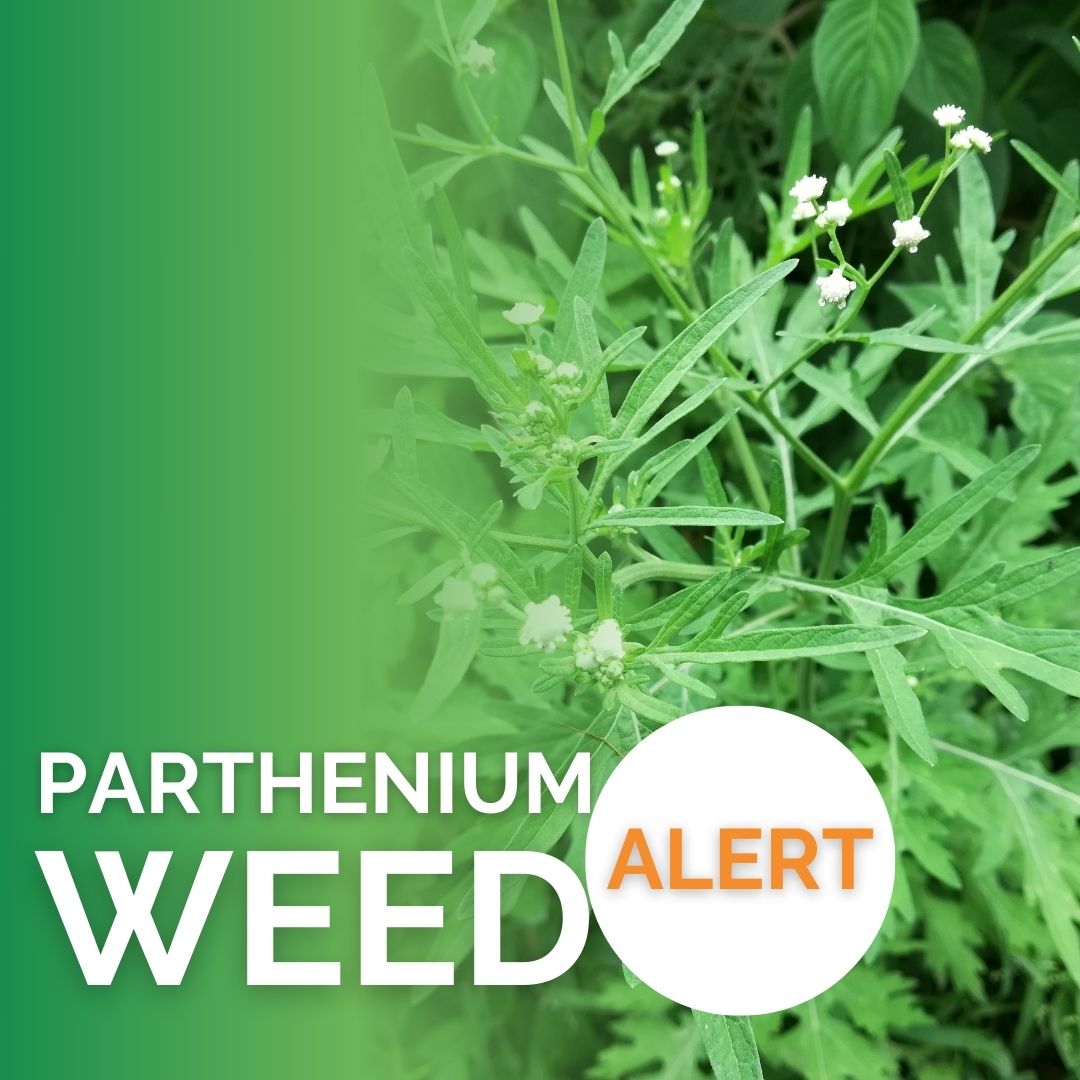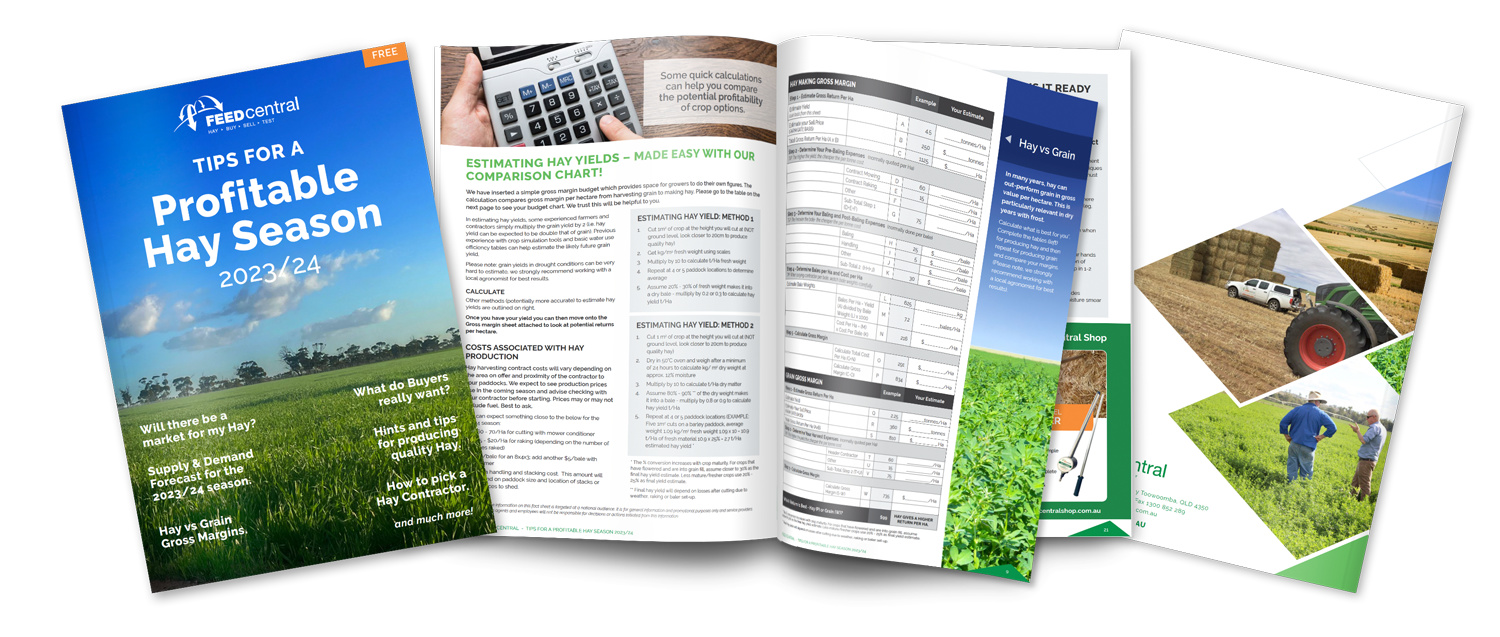Many people ask us if hay is better than silage and vice versa. The answer will depend a lot of the end user and what type of cattle you are feeding.
The majority of our buyers are geared to feed Hay. From Feed Central’s experience the key strengths and weaknesses of Hay and Silage production are summarised below:
Is Hay Better Than Silage?
HAY PROS
- Efficient to transport with lower costs on a dry matter basis compared to Silage and Straw .
- Lower delivery costs when taking into consideration protein, metabolisable energy, neutral detergent fibre etc.
- More contractors are equipped to make Hay
- Lower baling costs per tonne
- More market outlets.
HAY CONS
- Can be exposed to weather damage whilst curing.
- Feed test results are generally lower, when compared to silage.
- Degrades faster if stored unprotected outside (must be shed stored).
Is Silage Better Than Hay?
WRAPPED SILAGE PROS
- Greater quality feed test results compared to Hay.
- Less exposed to weather damage.
- Unaffected by the type of storage and storage surface.
- Good silage is free of weed seeds.
- A good fodder conservation option when consumed on the same farm it is produced.
WRAPPED SILAGE CONS
- Transport costs are higher on a dry matter basis compared to Hay, i.e.. with silage you are carting a lot of unnecessary water.
- Higher delivery cost based on protein, metabolisable energy, neutral detergent fibre on a dry matter basis.
- Baling cost per tonne is higher.
- Less market outlets & demand.
- The plastic wrap of silage tends to get damaged during handling.
As a general rule, when pricing Silage against Hay, simply divide the price of Hay by 2.5, because a ‘normal’ bale of Silage is approximately between 50-75% percent water.
For example:
If the Hay costs $225 per tonne, then the Silage price would need to be $90 per tonne to be roughly equivalent. We recommend that buyers calculate the cost of silage on a Dry Matter delivered basis, which almost always is dearer than Hay.
In summary, many people, including Dairy farmers, strongly advocate silage production and consumption. From a marketing perspective, Feed Central advises that you make silage with EXTREME care. If you are going to use the product (and not sell it) silage could be a better feed choice.
-
Why Does Hay Get Dusty And What Causes It?
Author Neville Janke Neville Janke is a qualified agronomist and Horticulturist with over 20 years of experience guiding farmers in the Agricultural and Horticultural industries. With this experience, Neville has been helping long-term users of Hay and grain to experience the Feed Central way of sourcing quality Feed for hungry cattle. View all posts

